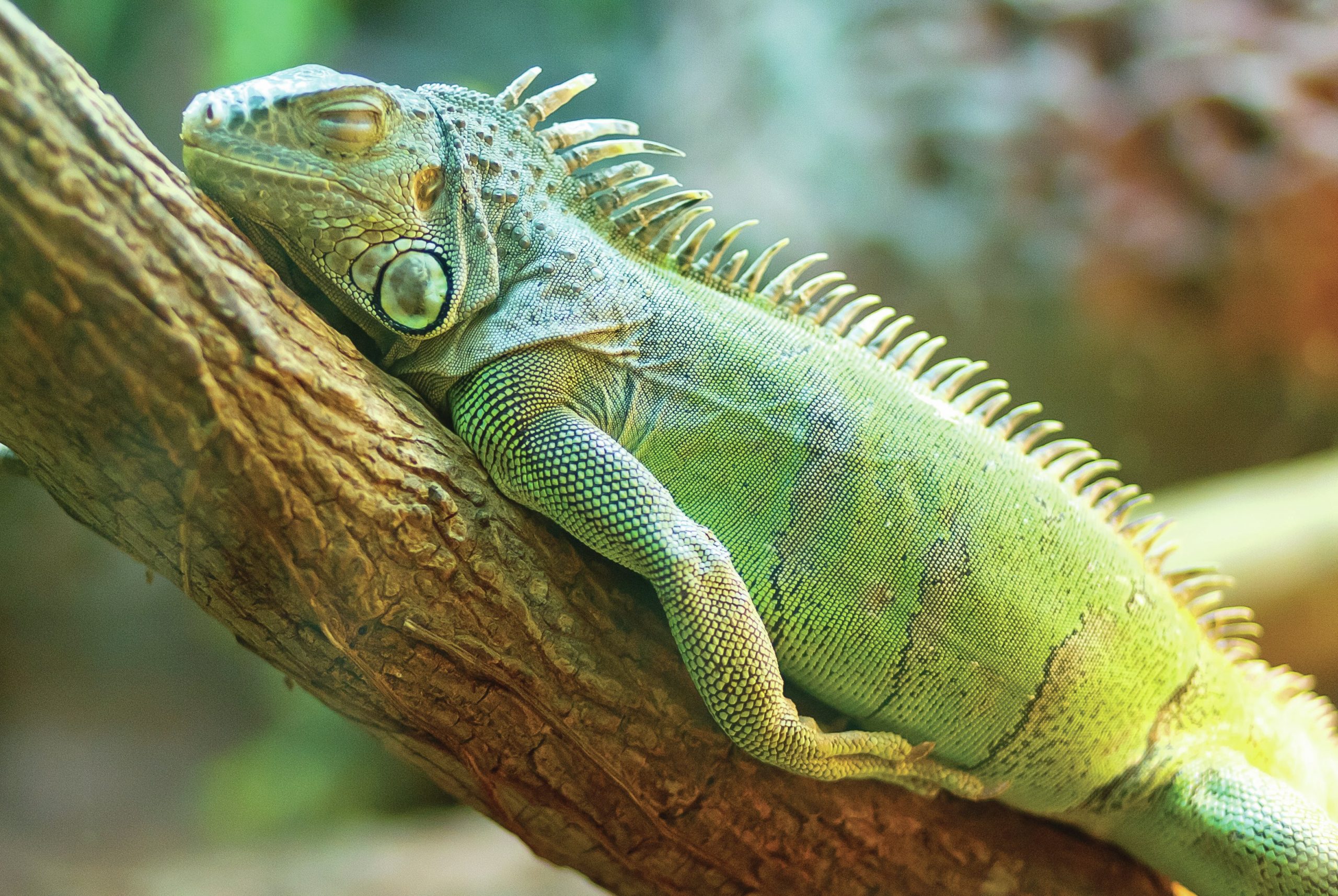
These images show some of the features that characterise reptiles. The thermogram of a snake and a mouse is a striking illustration of the vastly lower body temperature of the ectothermic (‘cold-blooded’) reptile versus the endothermic (‘warm-blooded’) mammal. Many reptiles spend the first daylight hours basking in the sun (see the iguana) to raise their bodies to the temperature required for activity.
Reptile skin is covered with a horny epidermis, making it watertight and enabling reptiles to live on dry land (in contrast to amphibians). Many reptiles are also protected by scales (as in the mangrove snake) or scutes — horny plates fused into protective shells in tortoises and turtles.
Your organisation does not have access to this article.
Sign up today to give your students the edge they need to achieve their best grades with subject expertise
Subscribe




